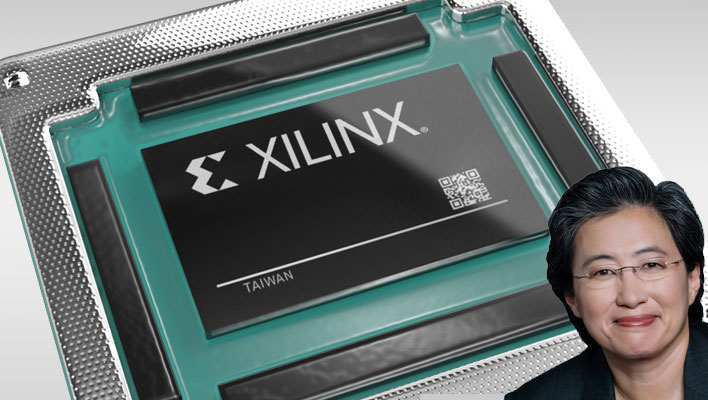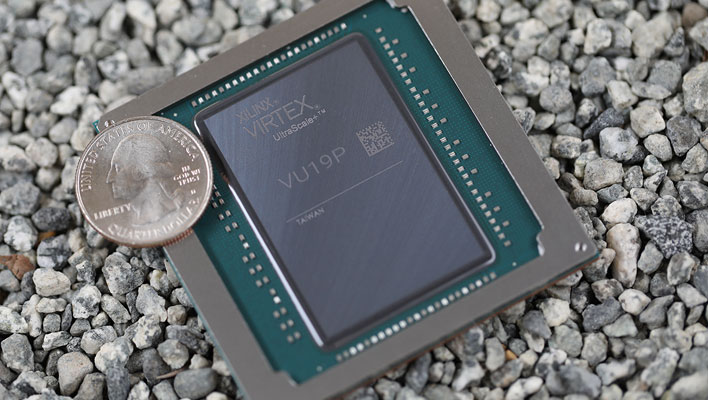AMD's $35B FPGA Chip Power Move To Acquire Xilinx Just Cleared All Regulatory Hurdles

There are no more regulatory roadblocks standing in the way of AMD acquiring Xilinx, a powerhouse in field programmable chip array (FPGA) designs, in an all-stock transaction valued at $35 billion. Announced back in October 2020, the deal immediately strengthens AMD's growing product portfolio and comes in the midst of a resurgence of sorts (AMD has had quite the rebound with Zen).
The deal apparently didn't draw the same level of regulatory scrutiny that ultimately led to NVIDIA calling off its $40 billion Arm acquisition from Software. In contrast, AMD appears to have had a much easier time clearing regulatory hurdles, though it wasn't completely devoid of speed bumps. AMD had originally expected to close the deal at the end of 2021, but needed a little of extra time secure all regulatory approvals.
It has now done that, with AMD today announcing it has received approval from all necessary authorities to proceed with the deal. Save for remaining customary closing conditions, AMD says all conditions have been met and now expects the transaction be complete on or around February 14, 2022 (Valentine's Day).

Xilinx FPGA (Virtex UltraScale+ VU19P) with 9 million system logic cells
"The transaction brings together two industry leaders with complementary product portfolios and customers, combining CPUs, GPUs, FPGAs, Adaptive SoCs and deep software expertise to enable leadership computing platforms for cloud, edge and intelligent end devices," AMD says.
FPGA chips are a different animal compared to standard computer processors that consumers are most familiar with. Unlike that Ryzen or Core CPU in your PC, FPGA chips are integrated circuits with the ability to be reprogrammed after manufacturing to suit what exactly a client wants to use it for. This comes in especially handy for prototype applications, and FPGA chips can be found in a wide range of fields, including 5G, aerospace, video and imaging, and so forth.
AMD's acquisition of Xilinx comes seven years after rival Intel acquired Xilinx rival Altera for $17 billion. It will be interesting to see how AMD leverages its newly acquired IP and talent. To that end, an AMD patent published last year described a hybrid CPU-FPGA design that could potentially be enabled with Xilinx's technology.
Details are scarce at the moment other than the fact that regulatory approvals have been met. However, AMD says it will provide additional details on how it will integrate Xilinx into the fold after the deal is complete.

